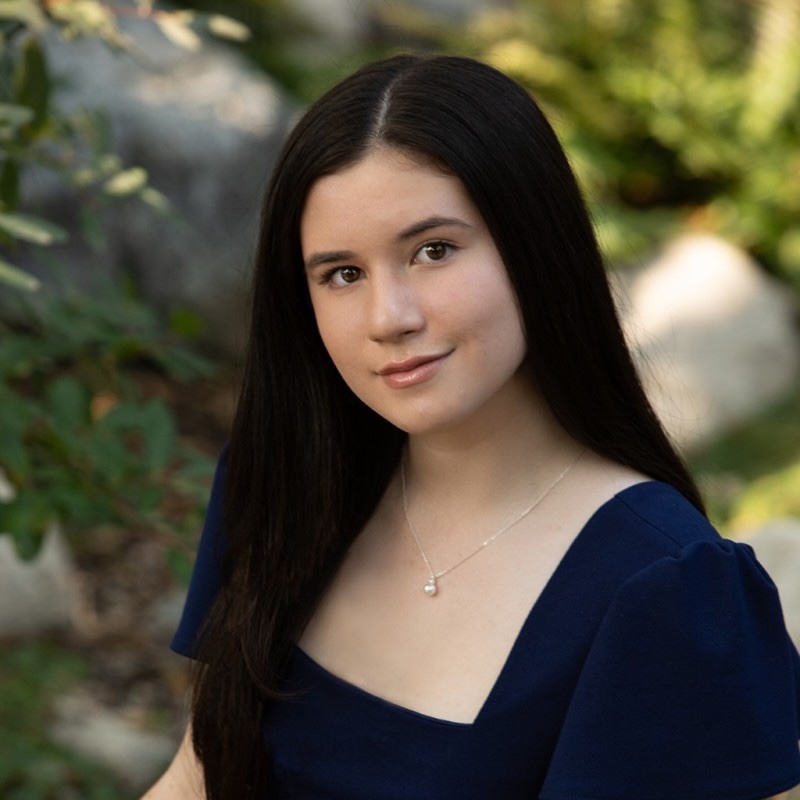Raisa Tolchinsky ’17: Writing in Italy
By Bowdoin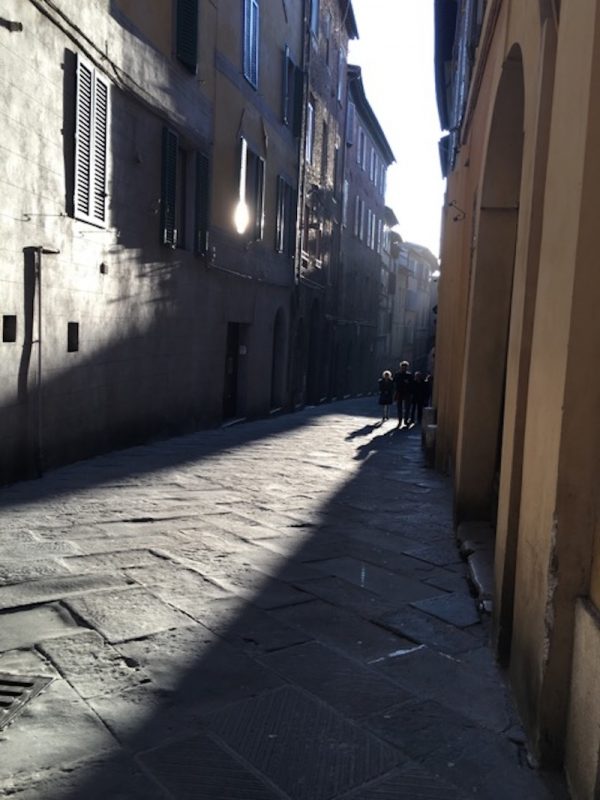
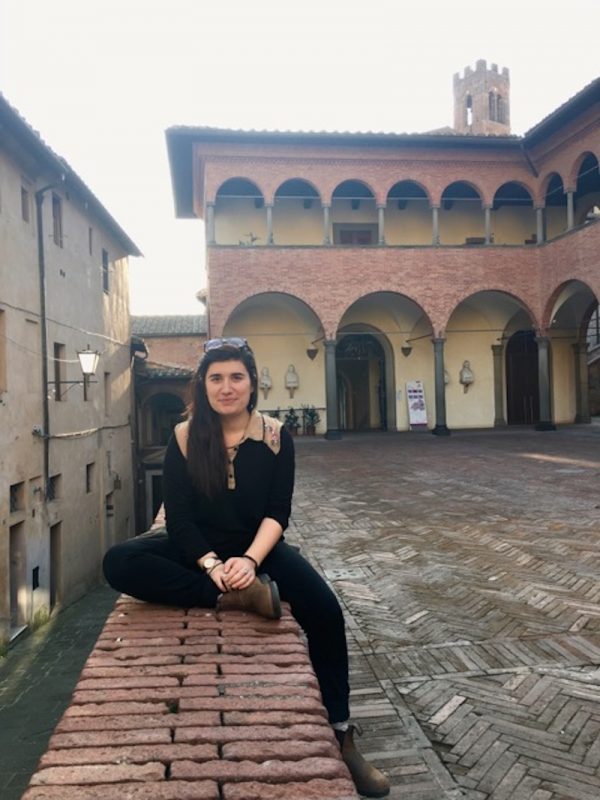
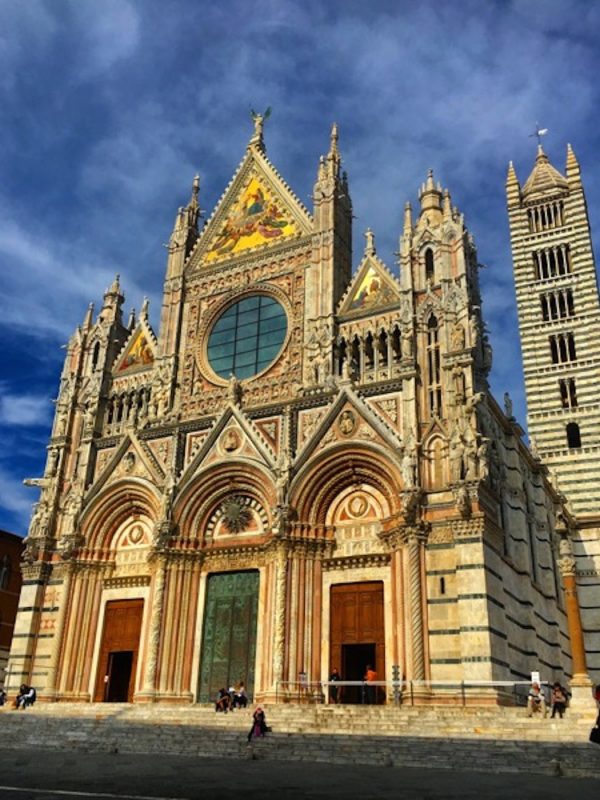
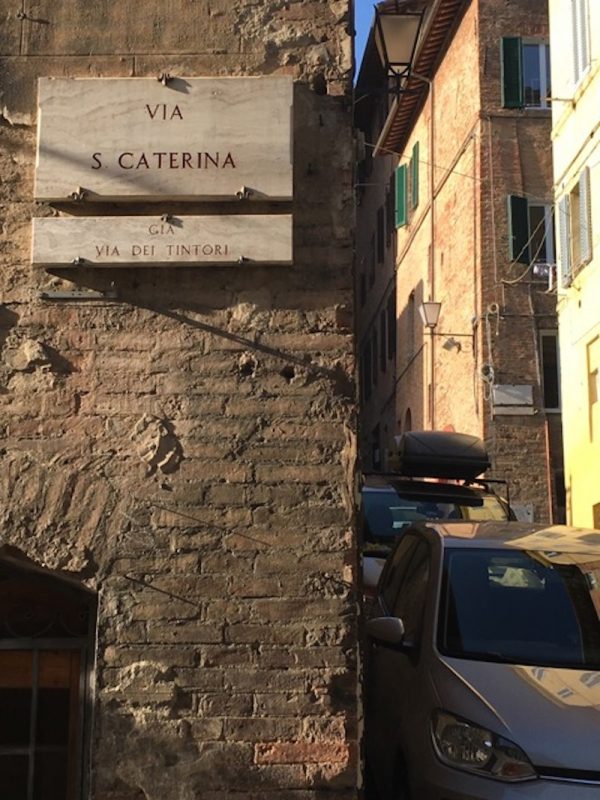
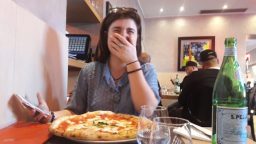
This spring break, you can find me in Siena and Bologna, doing research on St. Catherine of Siena (funded by the Koelln mini-grant, which “supports faculty-mentored student research in the exploration of a topic that surmounts traditional disciplinary boundaries”). I am currently working on a chapbook of poems in the form of letters addressed to St. Catherine.
This project is part of an independent study (advised by Associate Professor of Romance Languages and Literatures Arielle Saiber) on the great mystics and the meaning of mysticism. My interest started after two semesters studying Dante, whose work has deeply influenced my own poetry. In class, I was especially intrigued by discussions on whether or not Dante wrote the Commedia after having a mystical vision, which made me wonder about the origins of creative work. These questions led to my independent study, where I am now examining mystics from many different religions and traditions, but focusing on those of medieval and Renaissance Christianity, as their writings form one of the major strains of thought studied by scholars today.
I am interested in how many of the mystics grappled with the limits of language (inventing words, writing in a non-linear style, etc.) to describe an encounter with God, an encounter that was, by the nature of its subject, inexpressible and apophatic (beyond rational understanding or words). Part of my work as a poet is to figure out the limits and boundaries of language. In this independent study, I am asking: how did the mystics use language? In what ways did language fail to communicate their experiences? In what ways did it succeed?
Of the many mystics I am studying this semester, I am especially interested in St. Catherine of Siena, because of the fascinating relationship between her body, her writing, and the Divine. These are themes that I have explored in my past work. At 21 (my age), she experienced a vision of Jesus, and over the course of her life, she wrote over 400 letters, claiming a mystical marriage to God. She ultimately died from self-induced starvation, which scholars have labeled anorexia mirabilis.
This week in Siena, I visited La casa di Santa Caterina, which was St. Catherine’s childhood home, and is now an art-filled oratory and church. The walls of her original bedroom are still there, as well as the rock she used as a pillow (!!). The room is beautifully frescoed, silent, and dark, and I spent two hours writing there each day. I also went to La basilica di San Domenico, where St. Catherine’s (real) mummified head and thumb are displayed as relics. Mostly, I wandered the hills of her neighborhood for hours, trying to get a sense of her hometown.
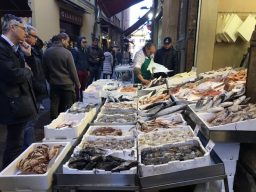
I’m incredibly grateful to be back in Italy, where I have close friends and family from a year studying abroad in Bologna. Besides St. Catherine, there is much here to write about: the last moments of sunlight hitting the plazas, men bargaining for fresh fish on Via Pescherie Vecchie, the children in Napoli who will give you a rude gesture if you even blink at them. One of the best moments on the trip was my last evening in Siena, when I stepped into an Osteria late one night after wandering the city. Across the table, an elderly woman sat eating a huge steak (also alone). She proceeded to talk to herself the entire meal, unable to contain herself from remarking on how good the food was. I pretended to be immersed in my book, but really I was just watching her, amazed at how self-possessed and happy she seemed. As she left, she patted me on the back, and winked. When I went up to pay, the owner of the restaurant said she had bought me my meal. There are difficult moments when traveling alone, but there are also magical moments like this.
One of my favorite poets, Derek Walcott, recently passed away. One of my favorite poems of his is called: “In Italy,” where he writes, “Light older than wine and a cloud like a tablecloth spread for lunch under the leaves. I have come this late to Italy, but better now, perhaps, than in youth that is never satisfied, whose joys are treacherous…”
There is lightness here and there is darkness. In the landscape, in the people, in the food. It is something I’ve been thinking about, not only the actual sun and shadow but also what I feel as I travel. Maybe the joys of youth are “treacherous,” as Derek Walcott says, but also strange, and mercurial, and lovely. All to say, I’m so glad I’m in Italy right now, and so grateful for the chance to write here for a few weeks.
